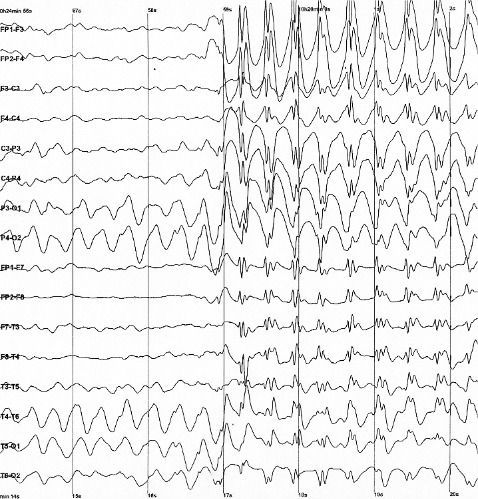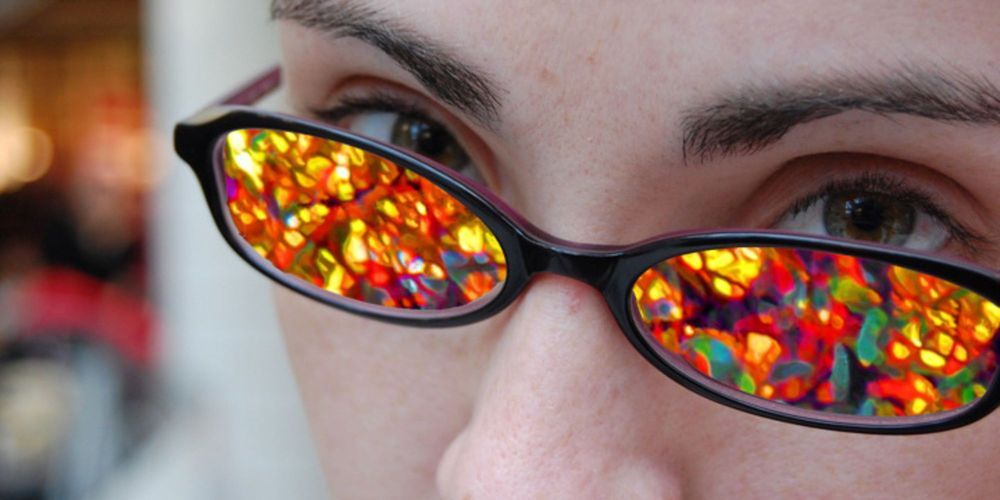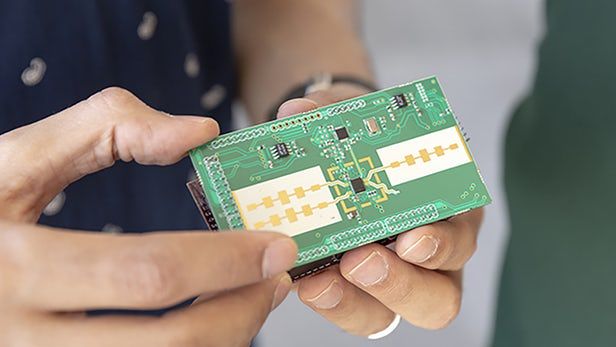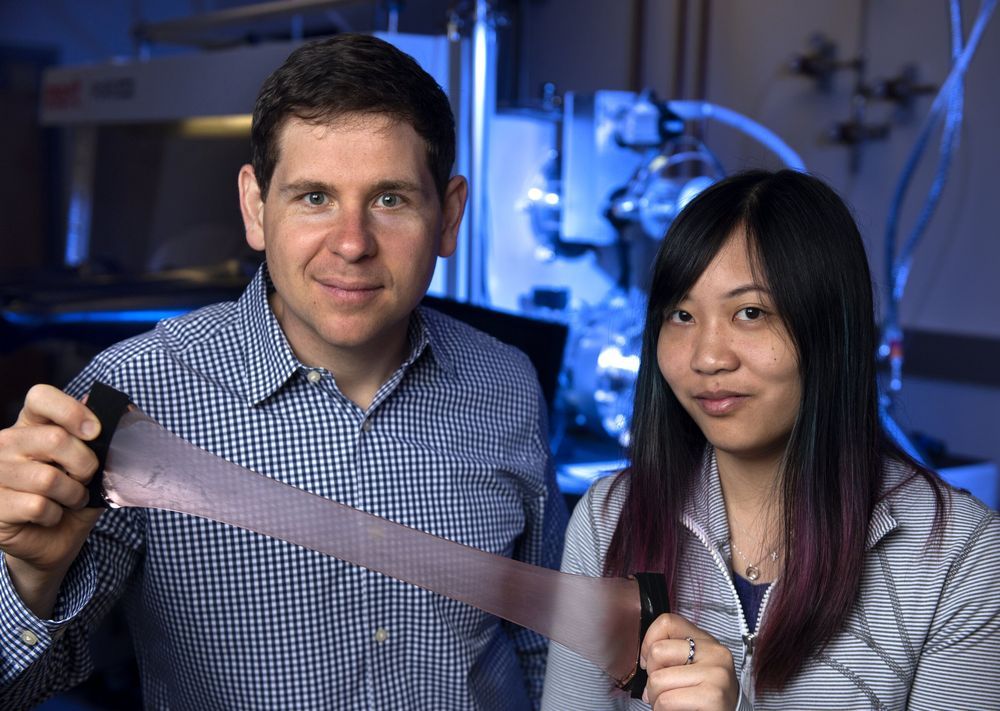The researchers conducted in-depth analyses of how touch signals are transferred and processed in neurons of various parts of the brain and the latest studies have been published in Cell Reports and Frontiers in Cellular Neuroscience. The experiments were conducted on anaesthetised rats.
“We immediately realised that our findings deviated strongly from the accepted view that different parts of the brain are responsible for different specific functions,” says Henrik Jörntell, one of the researchers behind the study.







